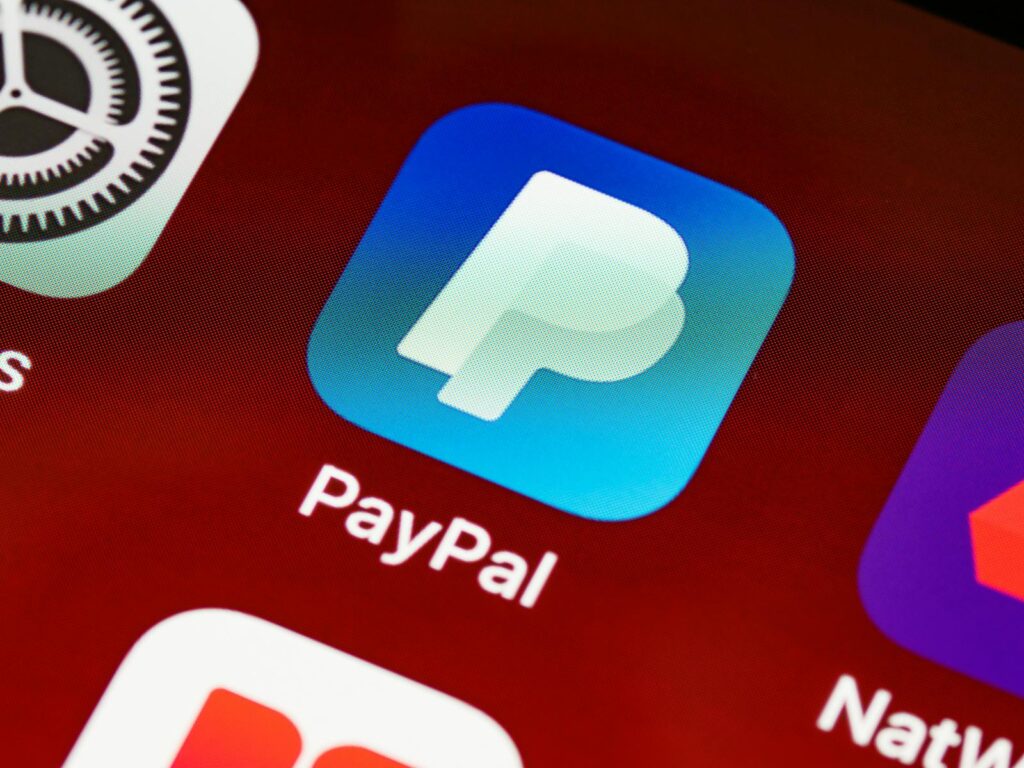Main Points:
- Intense competition in the stablecoin market challenges PYUSD’s position.
- Macroeconomic changes impact the value and demand for stablecoins.
- Regulatory shifts add further pressure on PYUSD and the stablecoin market.
- PayPal must address challenges in differentiation, user needs, and regulatory compliance to regain market share.
1. Intense Competition in the Stablecoin Market: PYUSD’s Struggles
PayPal’s stablecoin, PYUSD, once a highly anticipated player in the cryptocurrency space, is facing challenges. Its market cap has sharply declined, raising questions about its future. The two main factors contributing to PYUSD’s struggles are the fierce competition in the stablecoin market and macroeconomic shifts affecting its demand.
Stablecoins like USDT (Tether) and USDC have become dominant players, making the market highly competitive. These established coins have strong use cases, liquidity, and user trust. Despite PayPal’s massive brand power, PYUSD struggles to carve out a distinct niche that sets it apart from the competition. The current stablecoin market is saturated, with each player fighting for dominance, making it difficult for new entrants to gain significant traction without unique advantages.
2. Impact of Macroeconomic Shifts on PYUSD
The global macroeconomic landscape also plays a crucial role in the struggles of PYUSD. Rising inflation rates, monetary policy changes, and economic instability can all influence the value and demand for stablecoins. For instance, investors may shy away from riskier assets like stablecoins in favor of traditional fiat currencies during periods of economic uncertainty.
Another factor is the increasing scrutiny from regulators around the world. Governments are imposing tighter controls on stablecoin issuance and transactions, which has dampened market enthusiasm. This heightened regulatory pressure limits the ability of companies like PayPal to freely innovate and scale their stablecoin operations, further complicating PYUSD’s growth.

3. Future Prospects and Challenges for PYUSD
Looking ahead, the future of PYUSD will largely depend on how PayPal navigates the evolving market landscape. To regain its market share and compete effectively, PayPal may need to consider introducing new features or forming partnerships that enhance PYUSD’s utility and attractiveness to users. For example, integrations with other payment platforms or unique use cases beyond payments could help PYUSD stand out.
However, there are significant hurdles to overcome:
- Differentiation from competitors: PYUSD must distinguish itself from other stablecoins by offering unique features or services.
- Meeting user needs: PayPal needs to better understand and respond to its users’ requirements, particularly around accessibility and usability in different financial ecosystems.
- Adapting to regulatory changes: PayPal will need to comply with increasingly complex regulations, especially in countries with stringent financial laws. Ensuring transparency and compliance could help regain trust in PYUSD and stablecoins as a whole.
Intensifying Competition in the Stablecoin Market
The decline in PYUSD’s market cap highlights the maturation of the stablecoin market and the increasing intensity of competition. While stablecoins are a vital part of the cryptocurrency ecosystem, their dominance is far from guaranteed. Both investors and businesses must carefully evaluate which stablecoins to use based on market trends, regulatory developments, and their long-term viability.
Key Takeaways for the Future:
- Increasing diversity of stablecoins: More types of stablecoins will emerge, offering new features and catering to different financial needs.
- Regulatory tightening: Governments will continue to enforce stricter regulations on stablecoins, aiming to create a more stable and secure market.
- Expanding use cases: Stablecoins will find applications beyond payments, such as in decentralized finance (DeFi) and cross-border remittances, offering new opportunities for growth.
In conclusion, the stablecoin market is set to remain dynamic, with ongoing shifts in competition, regulation, and innovation. Investors and businesses must stay agile, keeping a close watch on developments to navigate this rapidly changing landscape.


